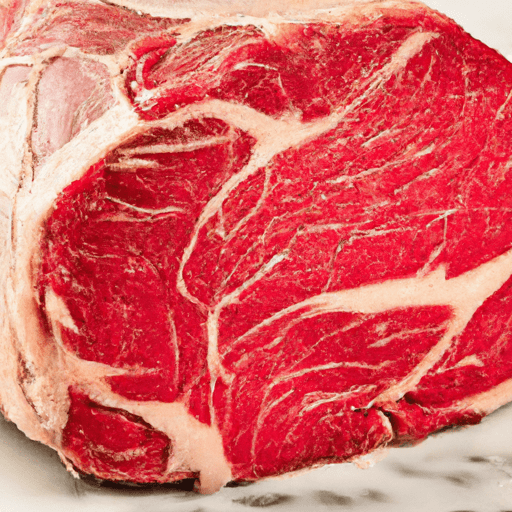The Unforgettable Pork Butt: A Must-Try Delight
When it comes to succulent and flavorful cuts of pork, few can rival the versatility and scrumptiousness of the pork butt. Despite its misleading name, the pork butt doesn’t actually come from the rear end of the pig. In fact, it is taken from the upper part of the pig’s shoulder. So, you can now breathe a sigh of relief, knowing that you won’t be consuming any dubious anatomical parts!
A Taste Sensation like No Other
Pork butt is renowned for its rich, tender, and juicy meat that practically melts in your mouth. Its marbling and generous fat content contribute to its incredible flavor, making it an ideal choice for slow-cooking methods like braising, roasting, or smoking.
Versatility in the Kitchen
The pork butt’s versatility knows no bounds. It can be transformed into an array of mouthwatering dishes to satisfy any craving. Whether you’re in the mood for classic pulled pork sandwiches, aromatic stews, tantalizing tacos, or delightful casseroles, the pork butt has got you covered. Just let your imagination run wild and explore the countless possibilities.
Nutritional Value
While pork butt may not be the leanest cut of pork, moderation is key to enjoying its deliciousness while maintaining a balanced diet. On the plus side, pork butt is an excellent source of protein, delivering the essential amino acids your body needs for growth and repair. It is also packed with essential vitamins and minerals, including niacin, thiamine, selenium, zinc, and vitamin B6.
Interesting Facts and History
Did you know that pork butt received its name from the barrels, known as “butts,” in which pork shoulders were packed during Colonial America? The barrels were called “butts” because they were roughly the same size and shape as a large cask used for shipping wine, known as a “butt.” Interestingly, the name stuck, even though the cut has no direct association with the pig’s rear end.
Another fascinating fact is that in many Latin American countries, the pork butt is the star of the show during celebrations and festivals. It is traditionally marinated, slow-roasted over an open fire, and served with a variety of zesty sauces and sides. This illustrious cut brings people together and adds a touch of fiesta to any gathering.
Time to Get Cooking!
To unlock the full potential of the pork butt, low and slow cooking methods are your best friend. Consider marinating it overnight in your favorite blend of spices, then roasting or braising it for several hours until it reaches mouthwatering tenderness. The result will be a feast for the senses that will have friends and family clamoring for seconds.
In conclusion, the pork butt is a true culinary marvel that has earned its place in kitchens around the world. Its incredible flavor, versatility, and interesting history distinguish it as a cut above the rest. So, why not embark on a pork butt adventure and let your taste buds experience the magic for themselves? Get ready to savor a symphony of flavors that will leave you wanting more.
Pork Butt
Origin: Contrary to its name, pork butt does not actually come from the rear of the pig. The term “pork butt” emerged in the United States during colonial times when pork cuts were packed into barrels, known as “butts.” The actual cut that is referred to as pork butt is the upper part of the pork shoulder.
Common Uses: Pork butt is a versatile cut often used for slow cooking methods such as braising, smoking, and roasting. It is commonly used to make pulled pork, which involves slow cooking the meat until it becomes tender enough to be easily shredded for sandwiches, tacos, or other dishes. It is also used in stews, chili, and various traditional regional dishes.
Nutritional Benefits: Pork butt is a good source of protein, vitamins, and minerals. It provides essential nutrients such as vitamin B12, zinc, selenium, and niacin. However, it is important to note that pork butt is a rather fatty cut, so it is recommended to consume it in moderation and trim excess fat when preparing it.
Unique Properties/Significance: Pork butt contains a good amount of marbling, which contributes to its flavor and tenderness when cooked. The connective tissue in pork butt breaks down during slow cooking, resulting in a moist and flavorful meat. Its versatility and rich flavor have made it a popular choice in various culinary traditions worldwide.
Historical Significance: Historically, pork butt was a popular cut among farmers and settlers in America due to its affordability and versatility. Slow cooking methods allowed people to make the most out of this inexpensive cut, resulting in flavorful and hearty meals. Over time, pork butt became associated with American barbecues and cookouts, where it remains a favorite choice.
It’s worth noting that terminology and naming conventions for cuts of meat can vary across different countries, so the term “pork butt” may refer to different cuts in other regions.




Use the share button below if you liked it.
It makes me smile, when I see it.